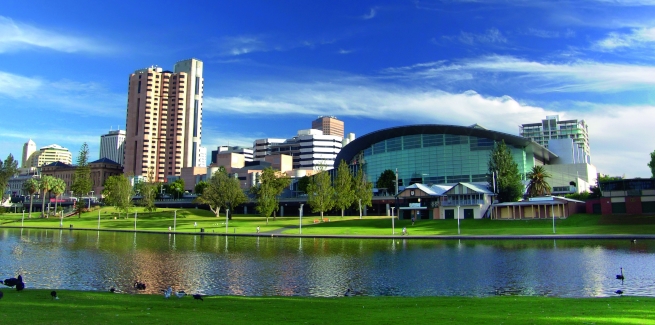New figures released by real estate appraiser PropTrack have suggested that national housing value growth has commenced its deceleration, affirming previous calls that 2022 will be a year that will see house prices flatten.
According to the inaugural Home Price Index – a new monthly report tracking residential property prices across the country – Australian dwellings reported an average monthly growth of 0.34 per cent over March, seeing values reach $684,000.
According to the REA Group-owned company, this is the lowest recorded increase since May 2020.
“While price growth has slowed dramatically, it is comparing to an exceptional period – 2021 saw the fastest growth in over 30 years,” the index noted.
Every jurisdiction reported growth over this period, excluding Melbourne (-0.02 per cent), Perth (-0.11), alongside both Darwin (-0.61) and regional Northern Territory (-0.13).
Annually, the value growth of dwellings across the country hit an average of 18.01 per cent, with capital cities seeing lower year-on-year growth at 15.69 per cent to reach $751,000.
By comparison, separate figures released by the Australian Bureau of Statistics stated that capital cities experienced an average growth rate of 23.7 per cent over 2021.
But while this data does support reports from CBA and CoreLogic of an imminent fall in prices, the data also stated that there have been significant annual rises in values for dwellings within regional Australia as well as within smaller capital cities.
According to the index, regional areas saw an annual momentum upwards of 24.81 per cent, with dwelling values now at a median figure of $544,000.
This was seen greatest in regional NSW, which reported an annual rate of 26.85 per cent, and was followed closely by regional Victoria (22.44 per cent), regional Tasmania (24.09 per cent) and regional Queensland (25.35 per cent).
Further, smaller capital cities such as Brisbane (27.02 per cent), Adelaide (24.90 per cent), Hobart (23.85 per cent), alongside the ACT (26.40 per cent), reported annual growth well above the capital city average as well as that of Sydney (16.27 per cent) and Melbourne (10.40 per cent).
[Related: Housing value growth loses steam]
 ;
;
Comments (0)